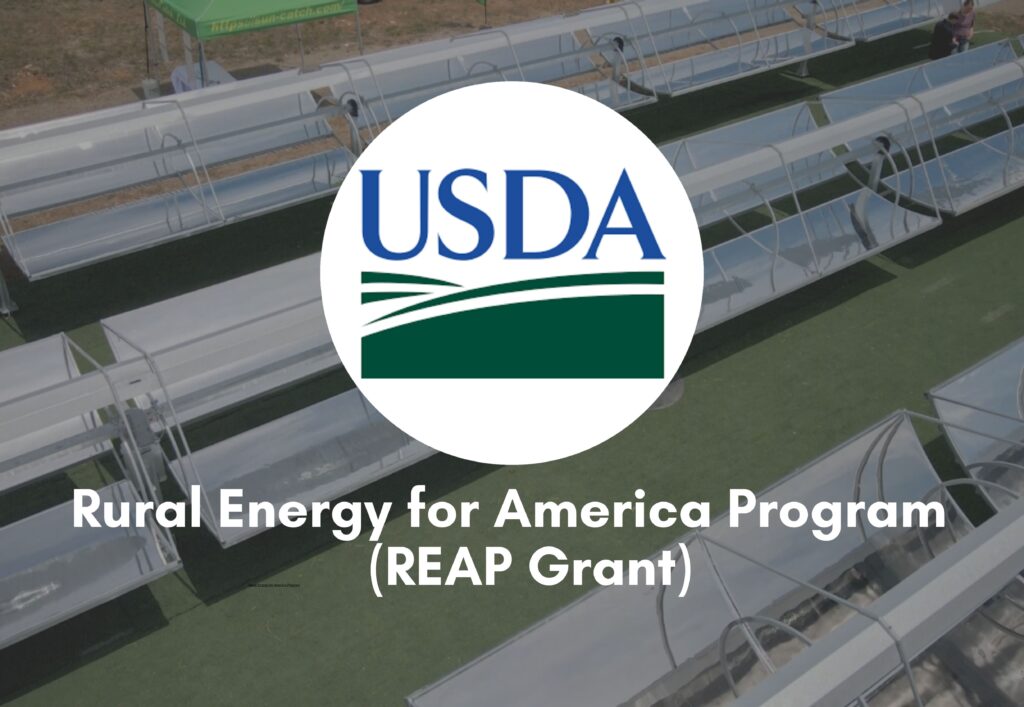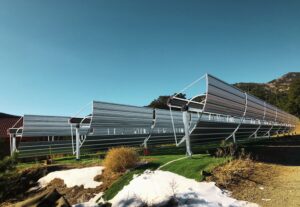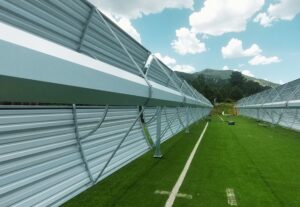
Top 3 Things to Know About the USDA REAP Grant: Empowering Sustainable Rural Enterprises
The Rural Energy for America Program (REAP), administered by the United States Department of Agriculture (USDA), stands as a beacon of hope for agricultural producers and rural small businesses seeking to embrace renewable energy and energy efficiency.
This comprehensive program offers a unique opportunity for these entities to access grant funding and loan guarantees, transforming their operations and contributing to a more sustainable future.
Table of Contents
Understanding the REAP Program
The REAP program is designed to serve as a catalyst for renewable energy adoption and energy efficiency improvements in rural communities across America.
By providing financial assistance, the program aims to empower agricultural producers and small businesses to reduce their energy costs, enhance their bottom line, and become more environmentally responsible.
Eligibility Criteria
To be eligible for REAP funding, applicants must meet specific criteria. Agricultural producers must derive at least 50% of their gross income from agricultural operations, while small businesses must be located in eligible rural areas with populations of 50,000 or fewer. Tribal businesses, rural electric cooperatives, and public power entities may also be eligible to apply.
Supported Project Types
The REAP program supports a diverse range of renewable energy systems and energy efficiency improvements. Eligible projects include, but are not limited to, solar, wind, biomass, geothermal, and hydroelectric power generation, as well as upgrades to HVAC systems, insulation, lighting, and energy management systems.

Navigating the REAP Grant Application Process
The REAP application process is designed to be comprehensive, ensuring that funding is allocated to the most impactful and well-conceived projects. Applicants must navigate a series of steps to secure the coveted grant.
Funding Cycles and Deadlines
REAP applications are accepted year-round, with funding cycles occurring on a quarterly basis. It is crucial for applicants to stay informed about upcoming deadlines and any changes to the program’s requirements, as these can vary over time.
Scoring and Ranking Criteria
REAP applications are evaluated and ranked based on a comprehensive set of criteria, including energy generation or savings, environmental benefits, payback period, matching funds, and the project’s location in disadvantaged or distressed communities. The highest-scoring applications are prioritized for funding.
Bundling Multiple Locations
Applicants with multiple project locations can consider bundling them into a single REAP application, provided that the projects utilize the same technology and meet all eligibility requirements. This approach can streamline the application process and potentially increase the chances of securing funding.
Related topics: Exploring Business Tax Breaks and Incentives for Solar Thermal Energy in 2024
Maximizing REAP Grant Opportunities
To ensure the greatest success in securing REAP funding, applicants must strategize and leverage various resources and strategies.
Leveraging Expertise and Partnerships
Collaborating with experienced REAP grant experts, such as those at USDA Rural Development offices or specialized consulting firms, can significantly enhance an applicant’s chances of submitting a strong and competitive application.
Combining Grants and Loan Guarantees
Applicants can explore the option of combining REAP grants and loan guarantees to cover up to 75% of their project’s total eligible costs. This approach can provide a more comprehensive financing solution and increase the overall impact of the investment.
Reapplying for Subsequent Funding Cycles
If an applicant’s initial REAP application is not funded, they can reapply in subsequent funding cycles. It is essential to ensure that the project still meets the eligibility criteria and to update the application as necessary.
Unlocking the Benefits of REAP Grants
The USDA REAP program offers a wealth of benefits for agricultural producers and rural small businesses, transforming their operations and contributing to a more sustainable future.
Reduced Energy Costs and Improved Profitability
By implementing renewable energy systems and energy efficiency improvements, REAP grant recipients can significantly reduce their energy costs, leading to improved profitability and a stronger bottom line.
Environmental Stewardship and Sustainability
The REAP program’s focus on renewable energy and energy efficiency aligns with the growing demand for environmentally responsible business practices. Participating in the program allows agricultural producers and rural small businesses to demonstrate their commitment to sustainability and environmental stewardship.
Competitive Advantage and Market Positioning
Leveraging REAP grants can provide agricultural producers and rural small businesses with a competitive edge, allowing them to differentiate themselves in the market and appeal to environmentally conscious consumers and stakeholders.
Related topics: How SunCatch Solar Tech Helps Farming Industries Save Money while Saving the Environment
With the backing of these grants, rural enterprises can also expand their market reach and strengthen their community presence by showcasing their commitment to sustainability and responsible resource management.
Overall, REAP grants empower agricultural producers and rural businesses to grow more sustainably, achieve long-term financial stability, and contribute positively to their local economies and the broader environment.
SunCatch SunStainable Concentrated Solar Thermal Technology
Unlike conventional solar technologies, SunCatch’s system provides direct-from-solar thermal energy without the need for energy conversion. This innovative approach allows the system to achieve an industry-leading efficiency of up to 92%, ensuring that a significantly larger portion of the sun’s thermal energy is captured and utilized.
From manufacturing and industrial facilities to commercial buildings and agricultural operations, this innovative system can deliver significant benefits in the form of cost savings, sustainability, and energy resilience.
As businesses and industries increasingly commit to ambitious net-zero emissions targets, SunCatch’s solar thermal technology emerges as a powerful ally in this endeavor.
Conclusion
The USDA REAP program stands as a transformative initiative, empowering agricultural producers and rural small businesses to embrace renewable energy and energy efficiency.
By navigating the application process, leveraging expertise, and maximizing grant opportunities, these entities can unlock a future of reduced energy costs, improved profitability, and enhanced environmental stewardship – all while contributing to the vibrant and sustainable growth of rural America.
Latest Posts
- Reverse Osmosis vs Thermal Desalination: Which is Better for Water Desalination?Reverse Osmosis vs Thermal Desalination: Which is Better for Water Desalination? When it comes to the leading technologies in the field of desalination, comparing reverse osmosis vs thermal desalination highlights two distinct approaches to obtaining… Read more: Reverse Osmosis vs Thermal Desalination: Which is Better for Water Desalination?
- Understanding Thermal Desalination: Process, Benefits, and Solar-Powered InnovationsUnderstanding Thermal Desalination: Process, Benefits, and Solar-Powered Innovations Through the remarkable process of thermal desalination, we can be one step closer to a future where communities, farms, and industries alike can enjoy a steady flow… Read more: Understanding Thermal Desalination: Process, Benefits, and Solar-Powered Innovations
- DISCOVER THE FUTURE OF SOLAR THERMAL SYSTEMS FOR YOUR HOME AND BUSINESSWhat are solar thermal systems? In today’s world of rising energy costs and growing environmental concerns, the search for sustainable energy solutions has never been more urgent. Solar thermal systems offer a promising avenue to… Read more: DISCOVER THE FUTURE OF SOLAR THERMAL SYSTEMS FOR YOUR HOME AND BUSINESS
- NET ZERO SOLAR THERMAL SOLUTIONS: What you need to eliminate your farming hot water bill!What is Net Zero Solar Thermal Solutions Are you looking for ways to eliminate your farming hot water bill or significantly reduce your energy consumption? Let me introduce you to a Net Zero Solar Thermal… Read more: NET ZERO SOLAR THERMAL SOLUTIONS: What you need to eliminate your farming hot water bill!



